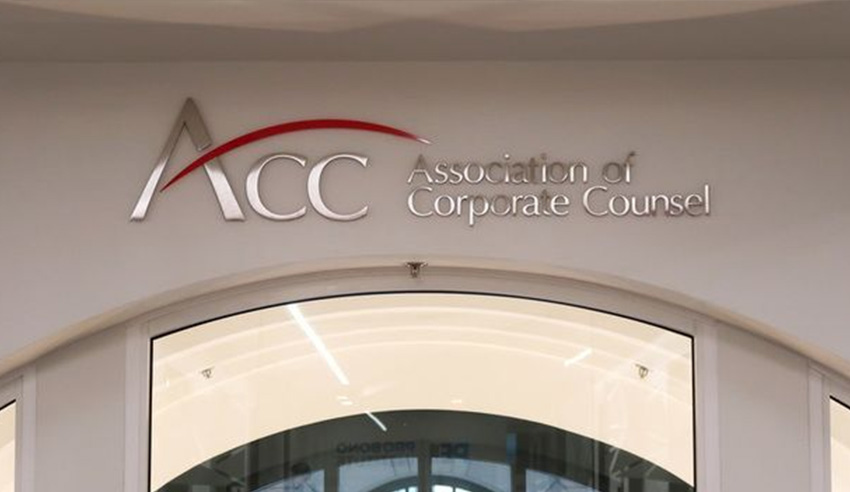New research has uncovered the various fee structures offered and implemented by in-house legal teams when it comes to working with law firms, and the extent to which those structures are utilised.

Source: news.yahoo.com
The 2019 Global Legal Department Benchmarking Report, penned by The Association of Corporate Counsel in partnership with Major, Lindsey & Africa, surveyed 508 legal departments across 30 countries and 71 industries.
When asked which fee structures their legal departments use and what percentage of their external spend is used up by various fee structures, respondents’ answers showed that “discounts from standard hourly rates” was the most popular fee structure adopted, with 69.9 per cent of legal departments employing it, with such a structure making up 52.7 per cent of the outside counsel spend.
In second place was “standard hourly rates”, with 67.9 per cent using this and it making up 53.1 per cent of external spend.
In third place was “flat fees for entire matters or for some stages of matters”, with 44.7 per cent employing this, with it making up 21.4 per cent of outside counsel spend.
The remaining six fee structures adopted by legal departments, together with their respective percentages for external spend, were: “capped fees” (31.3 per cent and 21.4 per cent), “blended hourly rates” (19.9 per cent and 18.6 per cent), “retainers” (16.1 per cent and 15.1 per cent), “incentives or success fees” (7.5 per cent and 10 per cent), “contingency fees” (4.7 per cent and 8.5 per cent) and “performance-based holdbacks” (2.2 per cent and 9 per cent).

Jerome Doraisamy is the managing editor of professional services (including Lawyers Weekly, HR Leader, Accountants Daily, and Accounting Times). He is also the author of The Wellness Doctrines book series, an admitted solicitor in New South Wales, and a board director of the Minds Count Foundation.
You can email Jerome at: